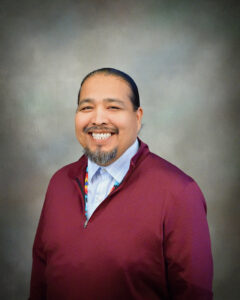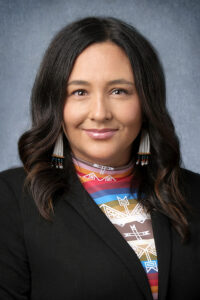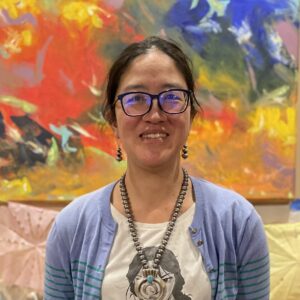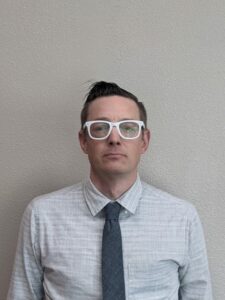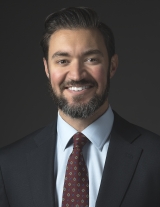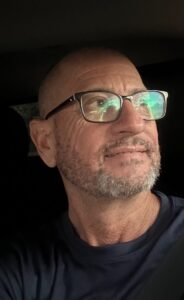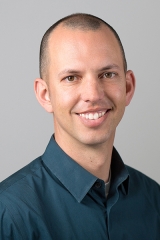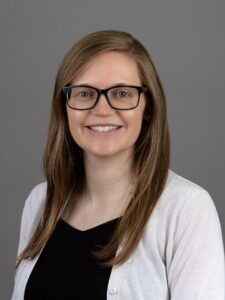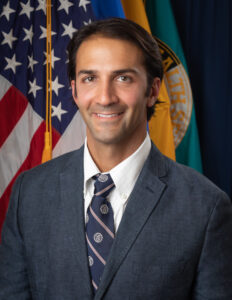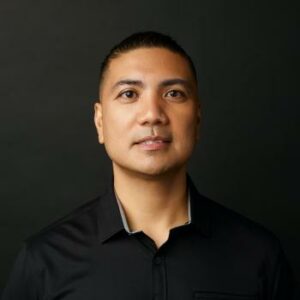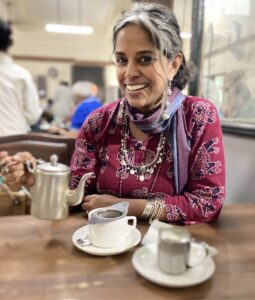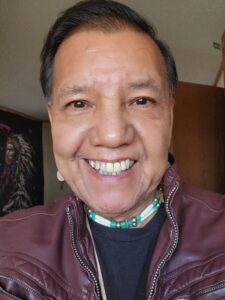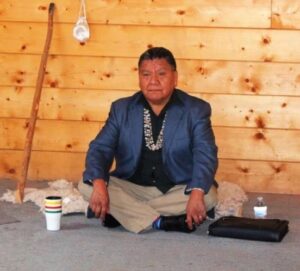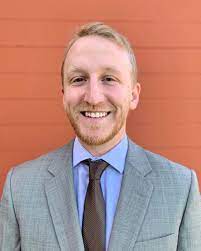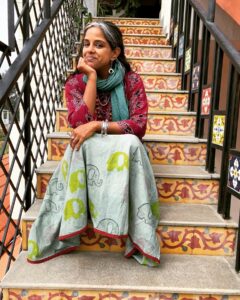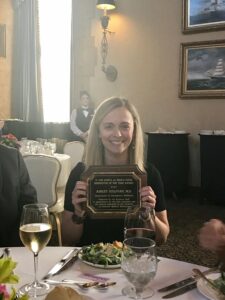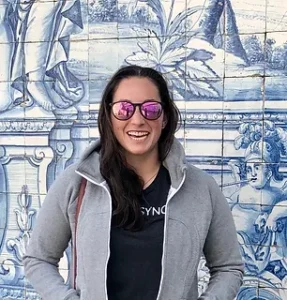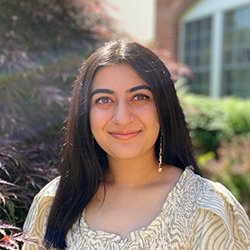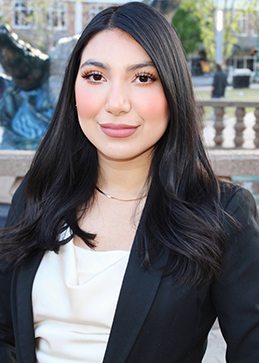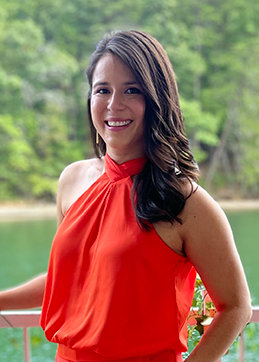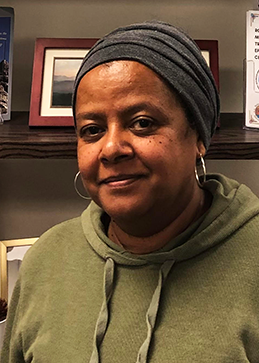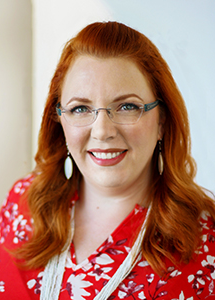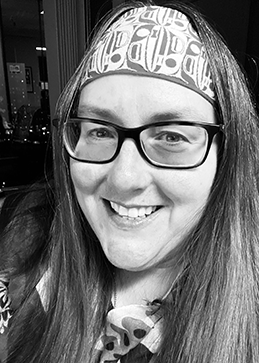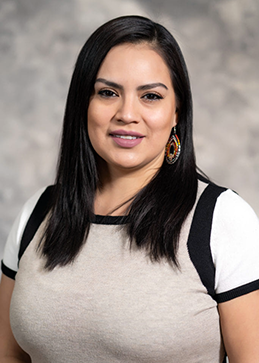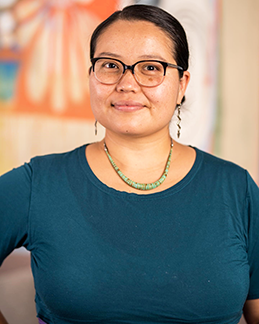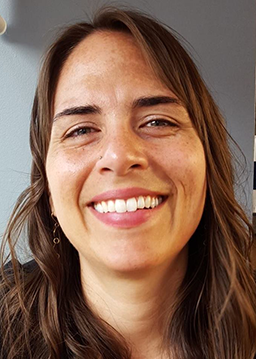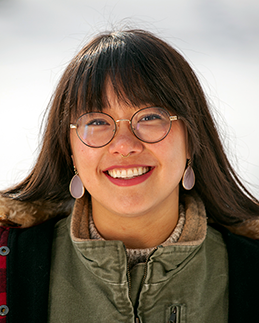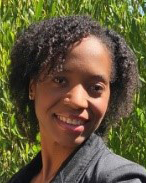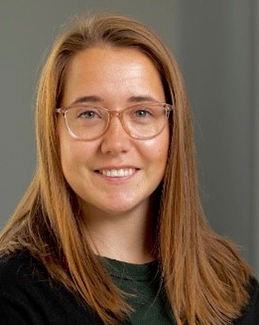Culture and Wellness | April 17, 2024
Date of Presentation: April 17, 2024
Type: Training
Program: Emergency Medicine with Rural and Indigenous Communities/IHS
Keywords: #medicine wheel #sunrise ceremony #traditional practitioners
In this presentation, Larry Cesspooch, Ute Spiritual Leader, shares more about the sunrise ceremony, medicine wheel, and traditional partitioners:
Sunrise Ceremony: Each morning most Native People greet the sunrise with a cup of water (water is life), sweetgrass or cedar to smudge themselves to begin their day. The sacred smoke make enters the body, connects to every cell in their body. The intent of their prayer gives focus for what they are asking for that day or to be grateful for their blessings. The same sort of practice is done at bedtime, without the water. Creator hears everyone’s prayers. Things happen in Creator’s time and means.
Medicine Wheel: Creator gave us the Medicine wheel to show us how we are all related. It has all directions of the universe and the energies from each direction. It has all the nations of the world, red, yellow, black and white. Each section represents each season of the year. It shows our connection to all other living things. In ceremony all directions are called on to bring their energy to a ceremony, at which time becomes the center of the universe where the Creator will be with us.
Traditional Practitioners: Allow Traditional Practitioners to come into medical facility to help their relatives. They come to help the patient with song, drums and spiritual blessings to prepare for a procedure, to help them heal, or bless the patient to move on to the Spirit World. Because oxygen is usually present (no fire is allowed). Most practitioners are aware and prepare their tools outside the medical facility. Prayers are said to help the medical staff in taking care of the patient and protect the patient’s space from wondering spirits that prevent healing.
Creator Asks us to always be good to all living things and to always do our best.
Please note recording will be available shortly following the training.
Presented by:
Larry Cesspooch (Ute)
Larry Cesspooch is a modern storyteller, who uses all forms of media to tell his stories, film, music, storytelling, and lectures. Cesspooch means “white belly” in the Ute language. That was his Great Grandpa’s Indian name who had a big white birthmark on his tummy. Larry’s Indian name is “Eyee-Pooch,” Young Man. He grew up on the Uintah & Ouray Ute Reservation in Northeastern Utah. Larry served in the U.S. Navy as a Radioman in Vietnam, Hawaii, and Texas. He attended the Institute of American Indian Arts for his AA, and the Anthropology Film Center for his BA, both in Santa Fe, N.M. on the G.I. Bill, and tribal scholarships. Larry returned home in 1979 to his tribe to create the “Ute Tribe Audio-Visual,” one of the first tribal production groups in the states. They produced over 600 films for the Ute Indian Tribe on the culture, language and history. During his 23 years, Cesspooch was also the Editor for the “Ute Bulletin” tribal newspaper, and did Public Relations for the tribe. In 1994, our “The Ute Bear Dance Story” as told by Henry Cesspooch, Oldest Bear Dance Chief screened at the 1994 Sundance Film Festival. He was asked if he knew anyone that could do a blessing for the lab. He said that’s what I do for my Ute People. So, for 26 years he’s done Spiritual Blessing for the summer labs. The filmmaker left the tribe in 2002 to create his own productions, “Through Native Eyes Productions.” Cesspooch likes to produce short documentaries telling others stories. He continues to produce and direct productions today. Larry is one of the Ute Spiritual Leaders for the Ute Tribe talks about Spirituality, and other Native concepts. He maintains one of the Sweat Lodges on the Ute Reservation helping his People. Cesspooch also does Spiritual Blessing to help others with life, and conducts Wedding Ceremonies. He has also presented some twelve years as a member of the Utah Humanities Public Square Speaker Bureau, “Utah History Through Native Eyes,” was one of his topics presented. He shares Ute knowledge through Ute Creation Stories using animal puppets, and traditional artifacts to tell his stories. His music uses traditional, and contemporary instruments to tell about the eagle, buffalo, spirituality, and being Native. Larry enjoys what he does.
Date added: February 29, 2024
